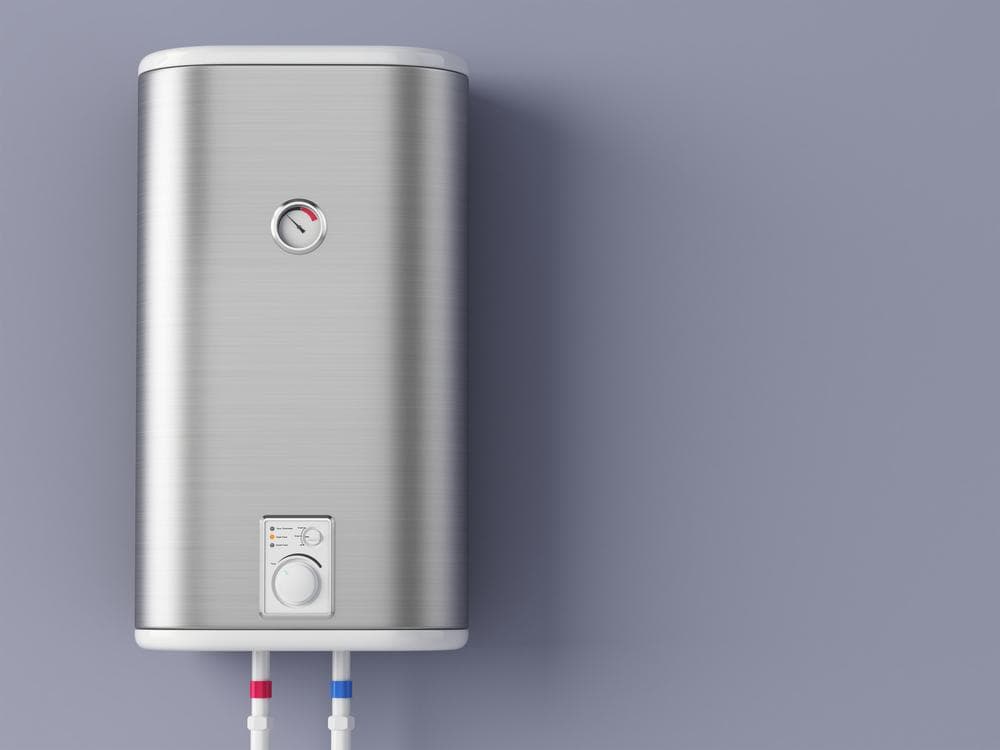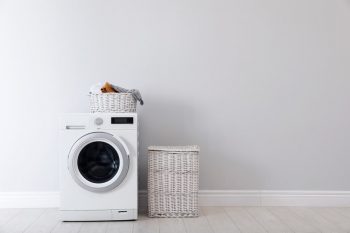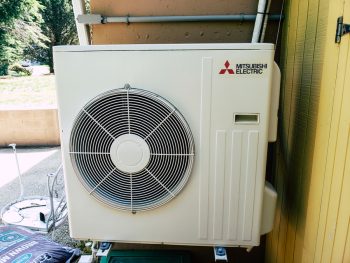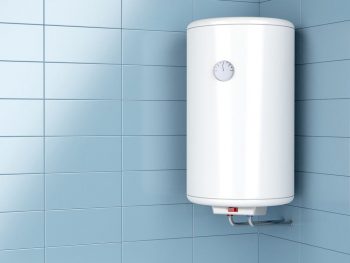
A water heater is a common household appliance that many of us use daily, but have you ever wondered how it fills up and operates? In this comprehensive guide, we will explore the ins and outs of a water heater, from its basic function to its vital components, the process of how it fills up with water, and the necessary maintenance to ensure it functions properly.
A water heater fills up with water through the cold water inlet valve. The cold water enters the heater via an inlet pipe and travels down a dip tube to the bottom of the tank, filling it from the bottom up. During this process, it’s crucial to slowly open each hot water faucet to allow the air to vent from the water heater and piping, ensuring the tank fills completely. A steady flow of water from the hot water faucet(s) signifies that the water heater is full.
Basic Function of a Water Heater
The primary function of a water heater is to heat water and store it at a constant elevated temperature for use in various household tasks like showering, washing dishes, and doing laundry. The heater can be powered by different energy sources, such as electricity, natural gas, or heating oil. It consists of a tank where the heated water is stored, a heating mechanism (burner or heating element), and a thermostat that controls the water temperature.
Key Components of a Water Heater
Understanding the components of a water heater can help us understand how it fills up. The key components include:
- Tank: The primary storage unit that holds the heated water.
- Burner or Heating Element: The mechanism that heats up the water.
- Thermostat: Controls the temperature of the water in the tank.
- Cold Water Inlet Valve: Allows cold water to enter the tank.
- Dip Tube: Directs incoming cold water to the bottom of the tank.
- Hot Water Outlet: The pipe through which heated water leaves the tank.
- Temperature-Pressure Relief Valve: A safety feature that releases water if the pressure or temperature exceeds safety limits.
- Drain Valve: Allows for draining out residues inside the tank.
How Does a Water Heater Fill Up?
A water heater fills up with water through the cold water inlet valve. The cold water enters the heater through an inlet pipe and travels down a dip tube that extends to the bottom of the tank. As the cold water flows through the dip tube, it fills the tank from the bottom up. While the tank is filling, it’s essential to open each hot water faucet slowly to allow the air to vent from the water heater and piping. This ensures that the tank fills completely and prevents damage to the internal components. A steady flow of water from the hot water faucet(s) indicates that the water heater is full.
Water Heater Types and Their Differences
There are various types of water heaters available, each filling up and operating differently:
- Tank Water Heaters: These heaters have a large storage tank where the heated water is kept until needed.
- Tankless Water Heaters: These heaters rapidly heat cold water as it passes through a series of super-heated coils, providing an endless supply of hot water.
- Point-of-Use Water Heaters: These are small, compact heaters that provide hot water for a specific location.
- Solar Water Heaters: These heaters use solar energy to heat water, making them an eco-friendly option.
- Hybrid Water Heaters: These heaters combine the technology of tank and tankless water heaters, providing energy efficiency and a continuous supply of hot water.
Maintenance for a Properly Functioning Water Heater
Regular maintenance is required to ensure a water heater fills up and functions properly. The maintenance includes testing the Temperature and Pressure Relief (TPR) Valve, checking the anode rod, draining the tank and washing out sediment, adjusting the temperature, inspecting the water heater, replacing the air filter (if applicable), and scheduling annual professional maintenance.
Pros and Cons of Different Types of Water Heaters
Each type of water heater has its own set of pros and cons, which should be considered when choosing a water heater. Factors such as fuel source, size, energy efficiency, and installation costs should be weighed.
Understanding how a water heater fills up and operates can be beneficial, especially when it comes to troubleshooting and maintaining the appliance. With this guide, you should now have a comprehensive understanding of water heaters, their operation, and maintenance.
Frequently Asked Questions
How often should I drain my water heater to remove sediment?
You should drain your water heater at least once a year to remove sediment buildup. This will help your heater operate more efficiently and extend its lifespan.
How long does a typical water heater last?
A typical water heater lasts about 10 to 15 years. However, this can vary based on the quality of the unit, the hardness of your water, and how well it’s maintained.
Why is the water not getting hot enough in my water heater?
This could be due to a faulty thermostat, a broken heating element, or sediment buildup at the bottom of the tank. If adjusting the thermostat doesn’t solve the issue, consider calling a professional.
Is it normal for my water heater to make noises?
Some noise is normal, especially during the heating process. However, loud cracks, pops, or rumbling sounds could indicate a buildup of sediment in the tank.
What is the best temperature setting for my water heater?
The U.S. Department of Energy recommends setting your water heater’s thermostat to 120 degrees Fahrenheit for optimal energy efficiency. However, you can adjust it according to your personal preference and needs.
Can I install a water heater myself?
While it’s possible to install a water heater yourself, it’s generally recommended to hire a professional. This ensures that the job is done safely and correctly, and many manufacturers require professional installation for warranty purposes.












